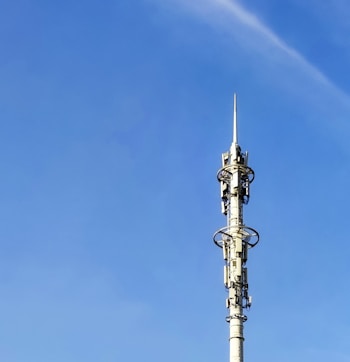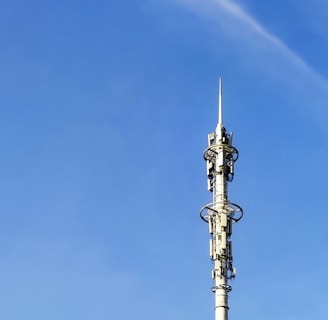
How do I choose the correct Antenna?
KNOWLEDGE HUB
Antenna requirements and arrangements depend on the specific application, but there are some general principles that apply to most scenarios.
Frequency Range
The first consideration is the frequency range of the radio system. Different antennas are optimised for different frequency ranges. For example, a whip antenna is typically used for VHF and UHF frequencies, while a Yagi antenna is often used for higher frequency bands such as 800MHz and 900MHz.
Transmit Power
The transmit power of the radio system will also affect the antenna requirements. Higher transmit power typically requires a larger antenna to ensure that the signal can be transmitted over long distances.
Antenna Height
The height of the antenna is also important. A higher antenna will typically provide better coverage, but it may also be more susceptible to interference.
Ground Plane
The ground plane is the area around the antenna that helps to reflect radio waves. A good ground plane can improve the performance of an antenna, especially in areas with a lot of background noise.
Antenna Placement
The placement of the antenna is also important. Antennas should be placed in open areas with as few obstructions as possible. Obstruction can block the signal and reduce coverage.


Here are some common antenna arrangements:
Vertical: Vertical antennas are typically used for base stations and repeaters. They provide omnidirectional coverage, which means that they can transmit and receive signals in all directions.
Horizontal: Horizontal antennas are typically used for handheld radios. They provide unidirectional coverage, which means that they can transmit and receive signals in a specific direction.
Cross-polarized: Cross-polarized antennas are often used to reduce interference. They are placed in a way that the polarization of the two antennas is perpendicular to each other.
Directional: Directional antennas are used to focus the signal in a specific direction. They are often used for point-to-point communication, such as between a base station and a repeater.
Site Survey
It is important to conduct a site survey to determine the best antenna arrangement for your specific needs. A site survey will consider the terrain, obstacles, and other factors that can affect radio signal propagation.
Our consultancy services for the communications industry can be extremely beneficial for businesses. We can advise on a wide range of solutions to assist companies in selecting, installing, and managing their systems.
Further reading


Learn more with our specially designed training courses
Our training courses are specifically designed to cater to the needs of individuals in the communications industry.
Discuss your training requirements with our team of experts
Airsys Communications Technology Limited
Unit 1, The Westgate Centre, Premier Way, Luzborough Lane, Romsey. SO51 9DH
Copyright © 2023 Airsys Communications Ltd. All Rights Reserved.
